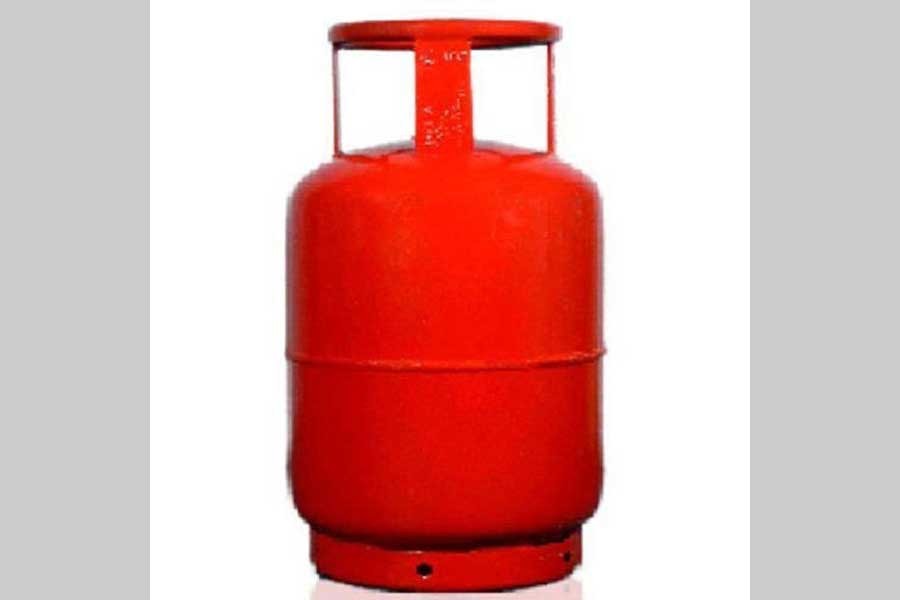The tragic death of seven people and injury to a dozen more in an explosion of the gas line of a house on Brick Field Road at Patharghata, Chattogram are a grim reminder of an outsize hidden danger from this utility service. In another such incident at an apartment in the capital's Uttara five of a family perished in February this year. There were gas leak explosions in Dhaka's Mohammadpur and Narayangaj's Demra in November, 2018 and October, 2017 respectively. In those two incidents eight and six people sustained burn injuries. In the case of Patharghata blast, primary reports point an accusing finger at the gas connection to a ground-floor kitchen without windows. Since the door of the kitchen was closed overnight, gas leak might have accumulated there. On lighting fire to the oven, the gas exploded like a time bomb ripping not only through the kitchen's wall but also the boundary wall. Even passers-by on foot or on rickshaws were either killed or injured.
The tragic incident follows a number of explosions of gas cylinders used for inflating balloons - the most tragic of which involves death of six children and injury to 20 others at Rupnagar, Dhaka. Quite a few liquefied petroleum gas (LPG) gas cylinders also leaked or gave in to cause a few fatal accidents. These accidents have something common but reasons behind are not unlikely to be the same. Leak at the connection point of oven is often responsible for blasts if the kitchen has inadequate ventilation. Careless or unmindful use of the oven without opening windows can invite disproportionate danger. Excess pressure of gas can as well lead to tragedies but this rarely happens in the mega cities like Dhaka and Chattogram where gas pressure is low. What, however, needs to be ensured is that gas connections as old as four decades were checked thoroughly in order to know if those required repair or replacement.
As for the LPG cylinders, the safety issue is compromised often by the supplying companies. They are not particular about the cylinders' quality and expiry. Some of the cylinders get damaged for reasons of handling and inappropriate transportation. If such matters are not closely monitored and remedied instantly, the users can fall victim to such indifferent maintenance. Thank God, the gas cylinders used in cars seem to have been brought under close inspection. Yet inappropriate fitting of those to vehicles, including makeshift ambulances, has caused a handful of accidents and also poses threat to people using those. The frequent accident of gas cylinders used for inflating balloons may have been caused on account of expiry of their active service.
Overall, there are always some risks where high-pressure gas is used either as a fuel or for filling balloons. If the container -- cylinder that is -- is defective or runs out of its active life, accident may happen without warning. The best option is to handle those with care. So far as the quality of the cylinders is concerned, it should be ensured at all costs in order to avoid tragedies.


